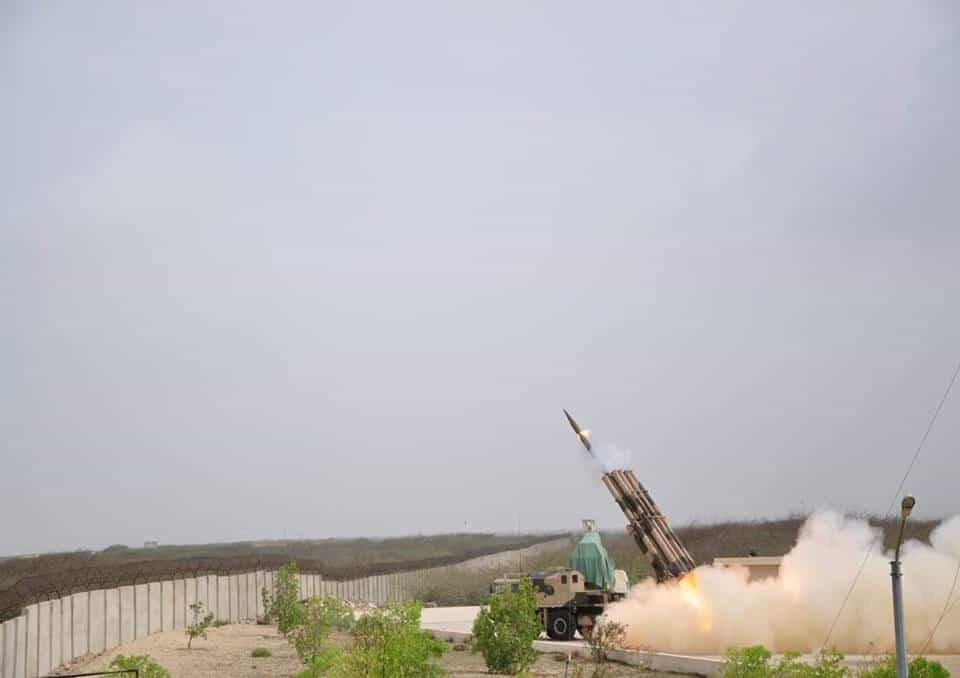Pakistan introduced an analog of the Ukrainian Vilkha MLRS
2 August, 2023 Models of Pakistan's modified Fatah-1 and Fatah-2 missiles at IDEF 2023. Photo credits: Global defense insight Pakistan has introduced Fatah-1 and Fatah-2 guided multiple-launch rocket systems.
These are analogs of Ukrainian Vilkha and American GMLRS. Global defense insight published the news. The Pakistani Global Industrial & Defense Solutions (GIDS) state-owned defense conglomerate demonstrated its guided rockets for FATAH-1 and FATAH-2 MLRS at the IDEF-2023 exhibition in Turkey.
FATAH-1 is a guided rocket capable of striking targets at a distance of up to 140 km. Its circular error probability is less than 50 meters due to an integrated inertial guidance system with satellite signal adjustment. The presented prototype of a FATAH-2 high-precision rocket is still under development.
The design's range is 170 km, and its circular error probability is less than 10 meters. The Pakistani FATAH missile system is the further development of the Chinese ?-100 MLRS, which in turn is a reverse-engineered copy of the Soviet BM-30 Smerch 300mm MRL.
 Pakistan tested the Fatah-1 rocket. Firing from the A-100 MRL.
Pakistan tested the Fatah-1 rocket. Firing from the A-100 MRL.
Photo credits: defense.pk
In addition to the presented prototype of the new rocket, another important innovation of the Pakistani rocket system was the transition from the use of tubes (as in the Soviet system) to launch from disposable containers. This approach greatly simplifies operation and reduces the reloading speed of the system. This system was first presented to the general public in January 2021, when the fire tests of the system and its Fatah-1 rocket were started.
Fatah and Vilkha
Having common Soviet roots, Pakistani and Ukrainian 300mm guided rockets have similar performance characteristics.
Thus, the Vilkha rocket series is currently represented by a single-name rocket (R624) with a 250-kilogram warhead and a maximum range of 70 kilometers. It is stated that the rocket's circular error probability is 7 meters, which is executed due to the inertial guidance system with GPS adjustment. Unlike the Pakistani project, the Ukrainian rocket system still employs the old Soviet approach of using tubes.
This decision is explained by the unification of ammunition with numerous BM-30 Smerch systems in service with the Armed Forces of Ukraine.